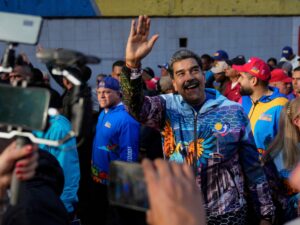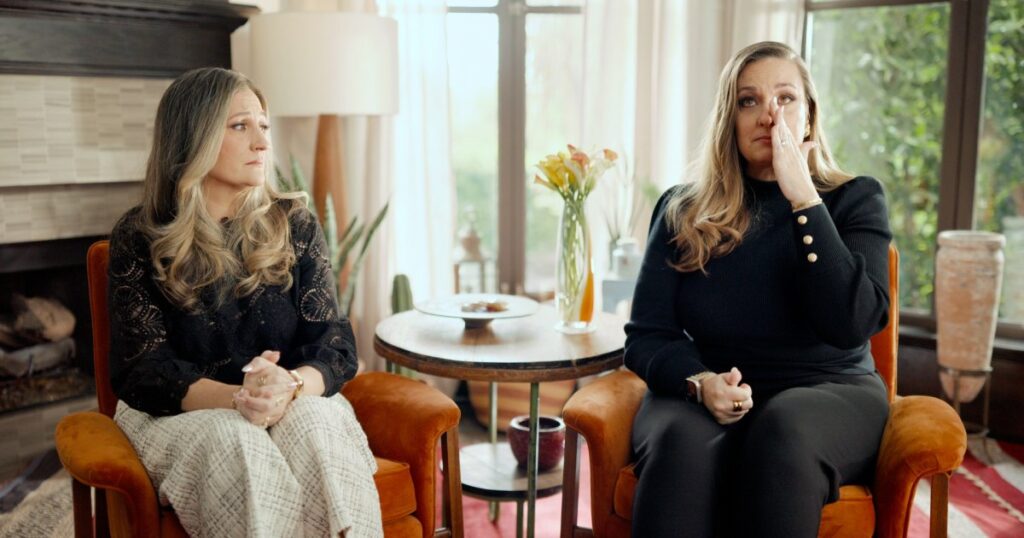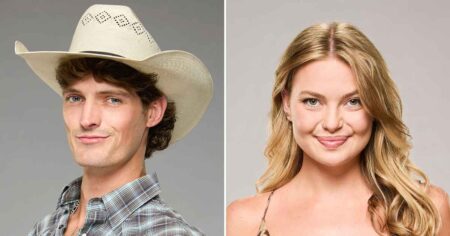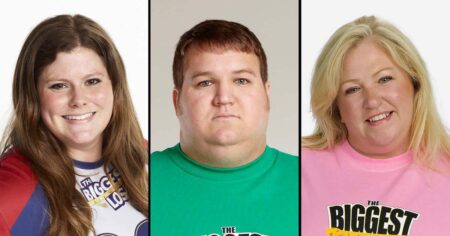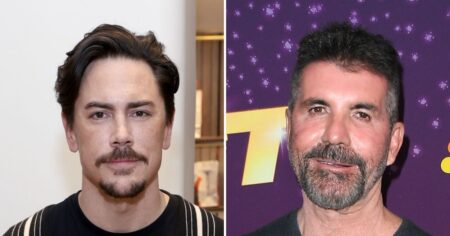The cultural conversation around weight loss and dieting seems like it’s always changing. One minute, everything is about body positivity; the next minute, Ozempic is flying off the shelves.
The Biggest Loser, a reality TV weight loss competition, is a show that probably would never be made today — and a new docuseries on Netflix, Fit for TV: The Reality of The Biggest Loser, explains some of the dangerous behavior going on behind the scenes.
Watch With Us breaks down the reasons you should watch this new Netflix docuseries.
‘Fit for TV’ Features Exclusive Interviews From ‘The Biggest Loser’ Contestants
In Fit for TV, numerous contestants from The Biggest Loser share their stories and experiences. Danny Cahill, the winner of season 8, speaks about how he lost 55.6 percent of his body weight — but has been unable to keep it off over the years. Suzanne Mendonca, a contestant from season 2, revealed she was told to gain more weight before appearing on the show, despite potential dangers to her health.
The details shared by the contestants about their weight loss regimens show that their health and safety were not considered priorities. Tracey Yukich, a season 8 contestant, contracted rhabdomyolysis — a rare muscle injury where muscles break down — because she was so malnourished. Contestants reportedly ate a maximum of 800 calories per day, and season 7 cast member Joelle Gwynn recalled working out for “five, six, seven, sometimes even eight hours a day.”
Hearing firsthand from contestants in such an unfiltered way allows viewers to understand what being on the show was really like. The series also follows up on the aftermath — showing how few contestants were able to maintain their weight loss upon returning to normal life.
‘Fit for TV’ Also Interviews People Who Worked Behind the Scenes
Fit for TV doesn’t just focus on contestants. The docuseries also features interviews with producers, trainers and medical professionals who worked on the show.
Dr. Robert Huizenga, who appeared frequently on the series, said his advice was sometimes ignored by production. “There were times that challenges were done that I didn’t see or hear about, which was the main hang-up to making it a much safer environment,” he explained. He also said trainer Jillian Michaels “never really showed any interest in my advice.” (Michaels declined to appear in the docuseries but has since spoken out about some of the claims made in Fit for TV.)
Bob Harper, who coached contestants alongside Michaels, said there were elements of the show he found “dumb,” like the “Temptation Challenge,” during which contestants were allowed to eat tempting, unhealthy foods like donuts or cake. The counterintuitive part? Instead of being rewarded for resisting temptation, the person who consumed the most calories during the challenge was declared the winner.
Executive producer JD Roth defended the segment by saying, “What is a temptation? A temptation is real life. I can’t say 100% of the temptations we got right. But I can say that life is full of temptations.”
This exclusive information from the minds behind the show reveals a lot about what The Biggest Loser was intended to be — and what it became along the way.
‘Fit for TV’ Is a Nuanced Review of ‘The Biggest Loser’s’ Impact — and an Indicator of Future Netflix Content
Fit for TV is currently the most popular TV series on Netflix — a massive hit that’s also generated viral social media dialogue. Because of the docuseries’ popularity, it seems likely Netflix might create future series analyzing other reality shows.
The docuseries does an excellent job of exploring multiple points of view about The Biggest Loser — not just those who felt angry or misled, but also people who believe it genuinely changed their lives. The complexity of the series is what makes it effective.
Watch Fit for TV: The Reality of The Biggest Loser on Netflix.
Read the full article here




